

James Wong
2026 Tesla Model Y review
2 Months Ago

News Editor
To the surprise of nobody, Audi has introduced another coupe SUV.
The 2021 Audi Q5 Sportback expands Audi’s range of coupe SUVs to three (four if you count the Q8). That’s one more than Mercedes-Benz and tied with BMW.
Audi claims Sportbacks account for a third of the sales mix with its SUV models but remains noncommittal as to whether the Q Sportback range will expand further.
Arriving in Australia in the second half of next year, the Q5 Sportback naturally employs a different roofline and rear end from the regular Q5.
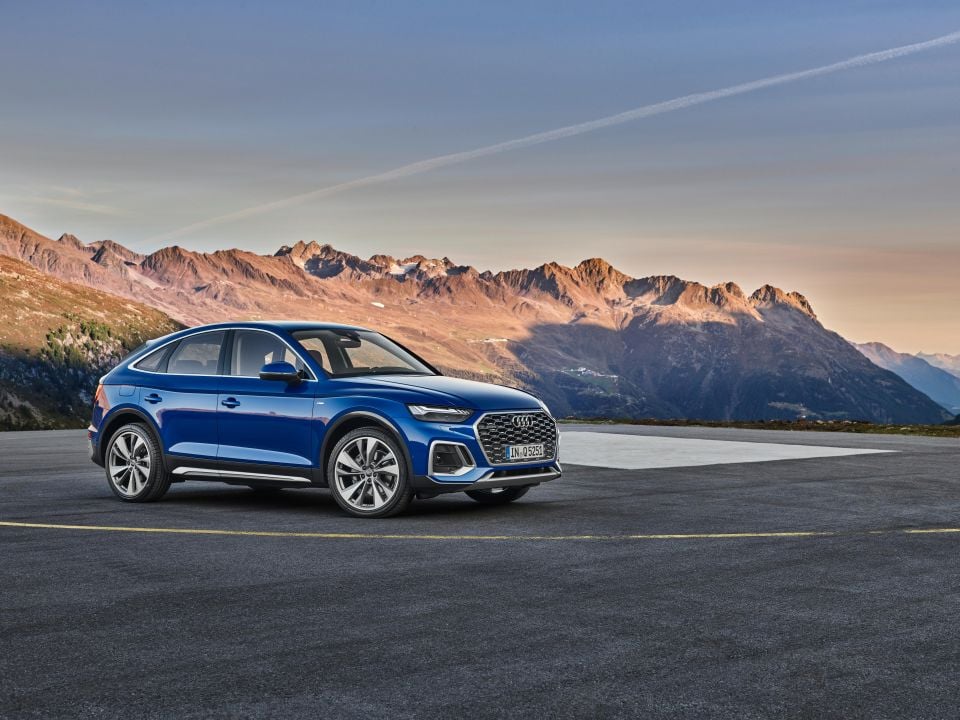
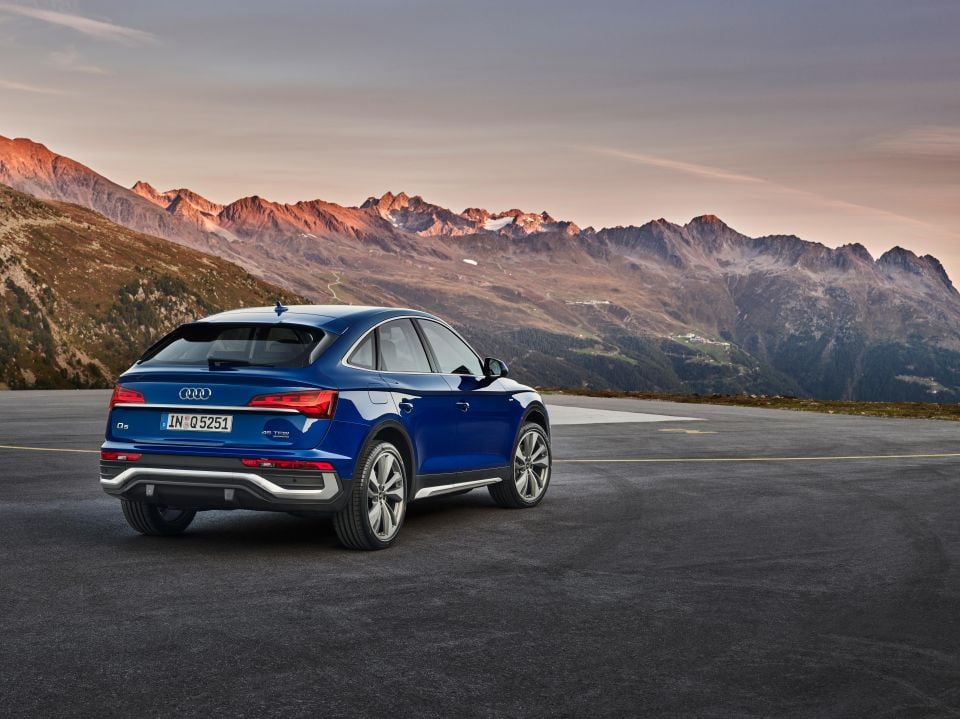
Height and width remain the same but the Q5 Sportback is 7mm longer. Rear headroom is down by between 10 and 20mm due to the sleeker roofline.
A long-wheelbase model will be built and sold exclusively in China, with an 88mm longer wheelbase identical to that of the existing Q5L.
The local range should mirror that of the updated Q5 wagon, due here in the first half of next year, with Audi Australia able to choose from four models: the 40 TDI, 50 TDI, 45 TFSI, and the SQ5 diesel.
Expect Audi to offer all four of these plus the company’s existing range of options, including 20- and 21-inch alloy wheels and adaptive air suspension.
Audi has yet to confirm the local model range and pricing.
Our market will miss out on other Q5 models, including the plug-in hybrid Q5 55 TFSIe, while the SQ5 petrol will be discontinued here. It’ll live on in markets such as North America.
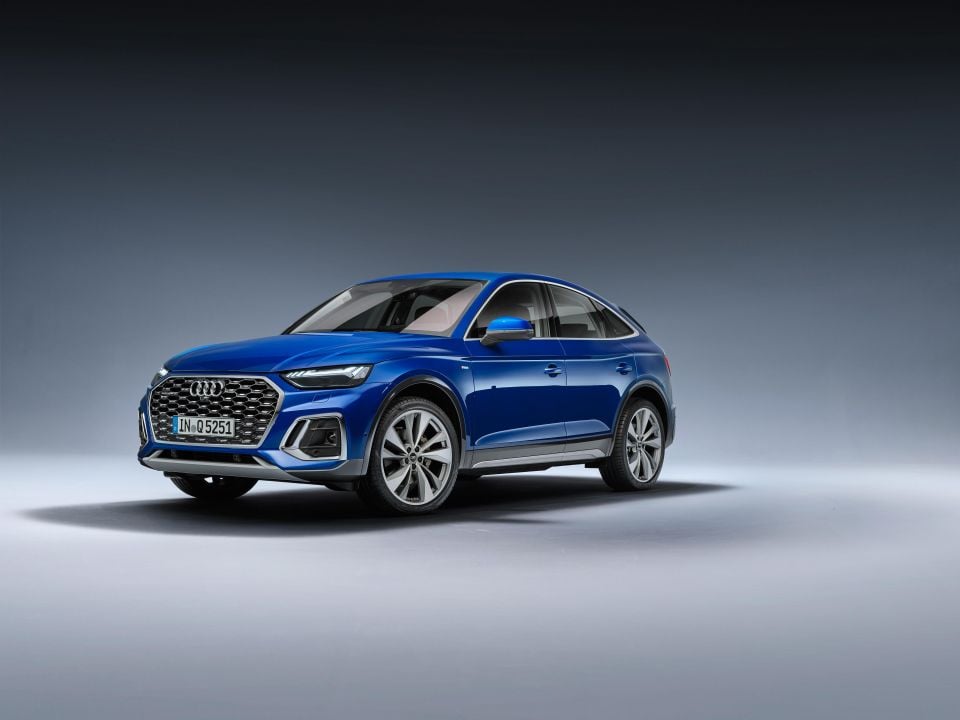
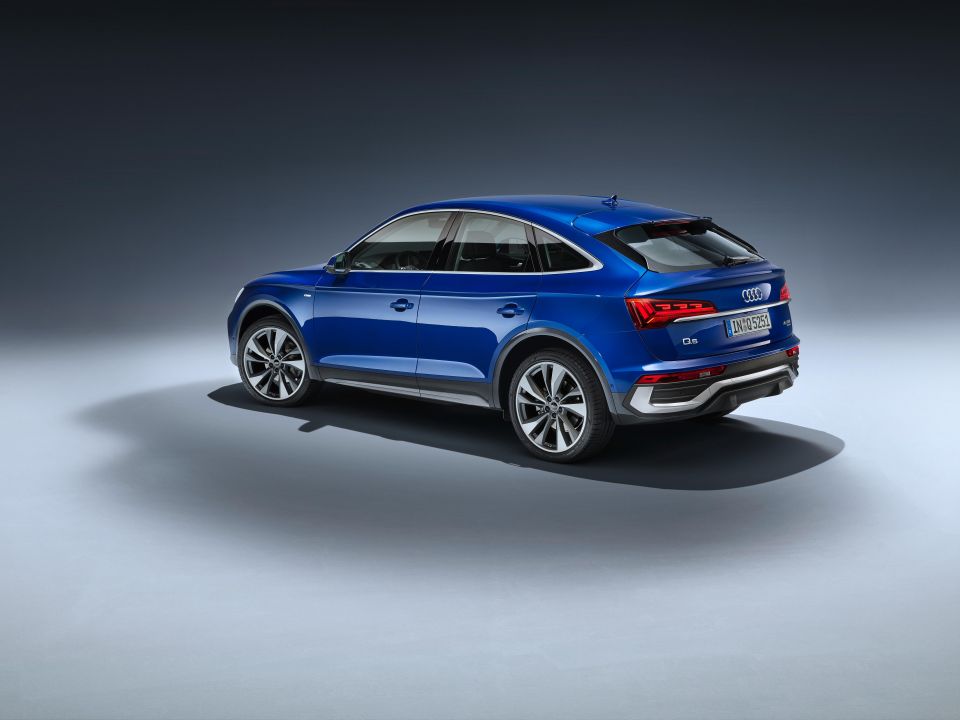
As previewed with the upcoming Q5 wagon update, the Q5 Sportback will pick up some new features.
These include trick new tail lights with digital organic light-emitting diode (OLED) technology, a world first for a production car, for which you’ll be able to choose one of three lighting signatures.
They’ll also change appearance when you flick it to Dynamic mode or when a pedestrian or cyclist approaches from the rear.
Inside, the Q5 Sportback uses Audi’s latest MIB3 infotainment system, said to have ten times the computing power of the old MIB2 system. Its 10.1-inch screen is navigable only via touch, with Audi removing the rotary dial and replacing it with a storage cubby.
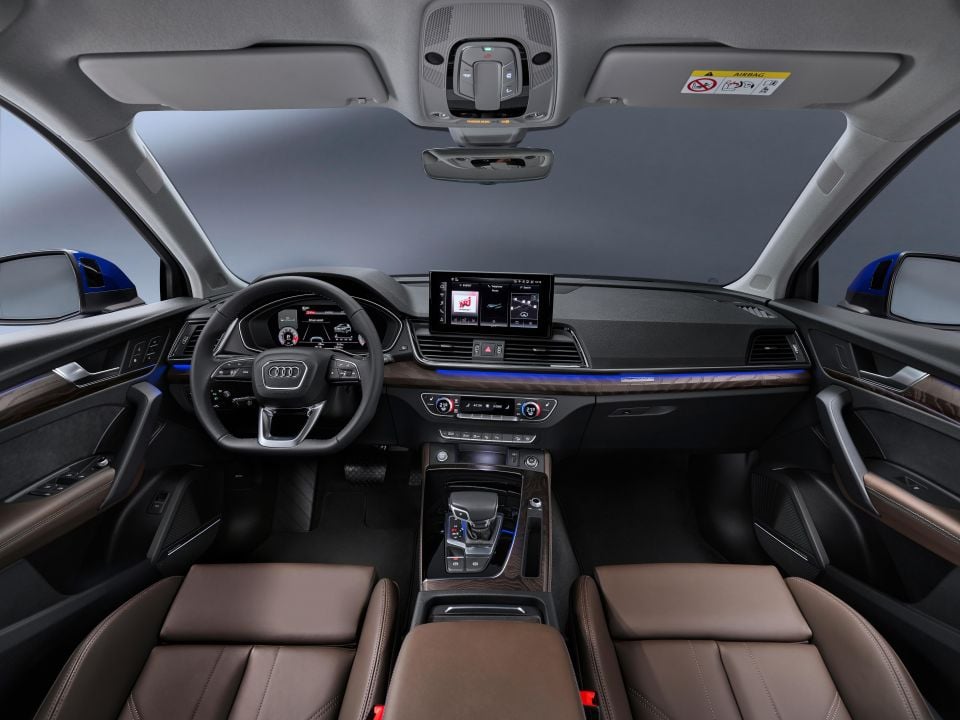
You can choose three different windows to display on the main screen, or revert to the classic view. The new system also now includes Amazon Alexa integration.
You can save preferred settings for functions like the air-conditioning and radio in six individual user profiles, which are stored in the cloud and can be transferred to other vehicles. And if you didn’t option your Q5 with, for example, the Audi smartphone interface, you have the option to add this post-purchase via the myAudi app and it’ll be added over-the-air.
The entry-level Q5 40 TDI’s 2.0-litre turbo-diesel four-cylinder engine now features a belt-driven starter/generator (BSG) that supplies the 12-volt vehicle electrical system. The BSG will harness braking energy and store it in a small lithium-ion battery, allowing the Q5 to coast with its engine off.

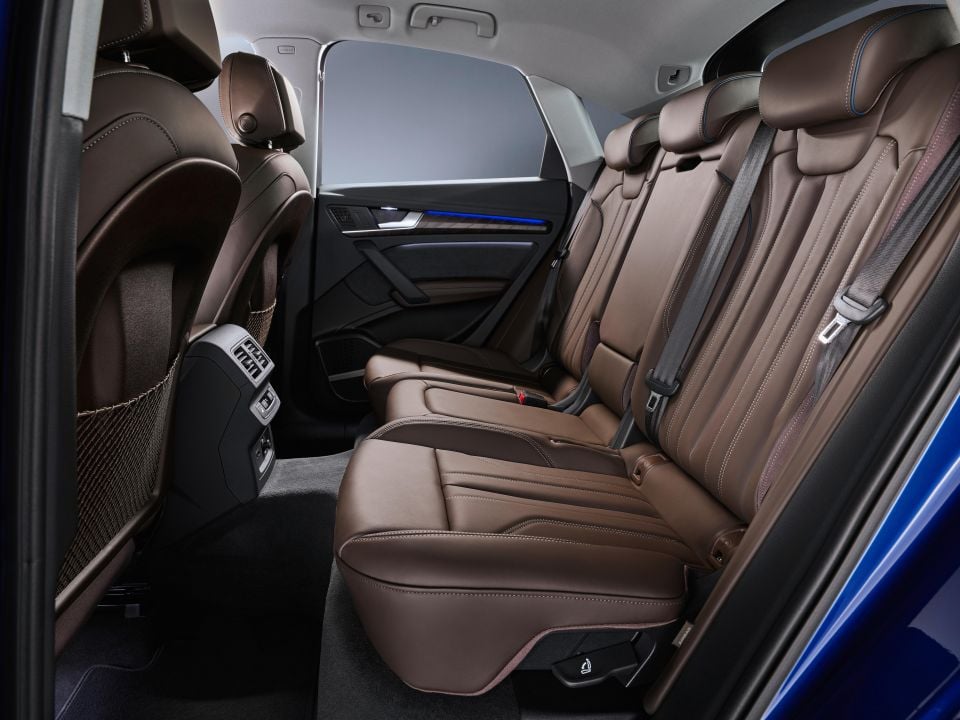
Audi claims the revised powertrain yields an improvement in fuel economy of 0.3L/100km. Currently, the 40 TDI achieves a combined 5.4L/100km on the ADR combined cycle.
Power is up slightly to 150kW (up 10kW), while torque is unchanged at 400Nm. Audi also claims an improved 0-100km/h time of 7.6 seconds, 0.3 seconds quicker.
The 50 TDI’s 3.0-litre turbo-diesel V6 receives a 48-volt mild hybrid system, though its outputs remain unchanged at 210kW of power and 620Nm of torque.
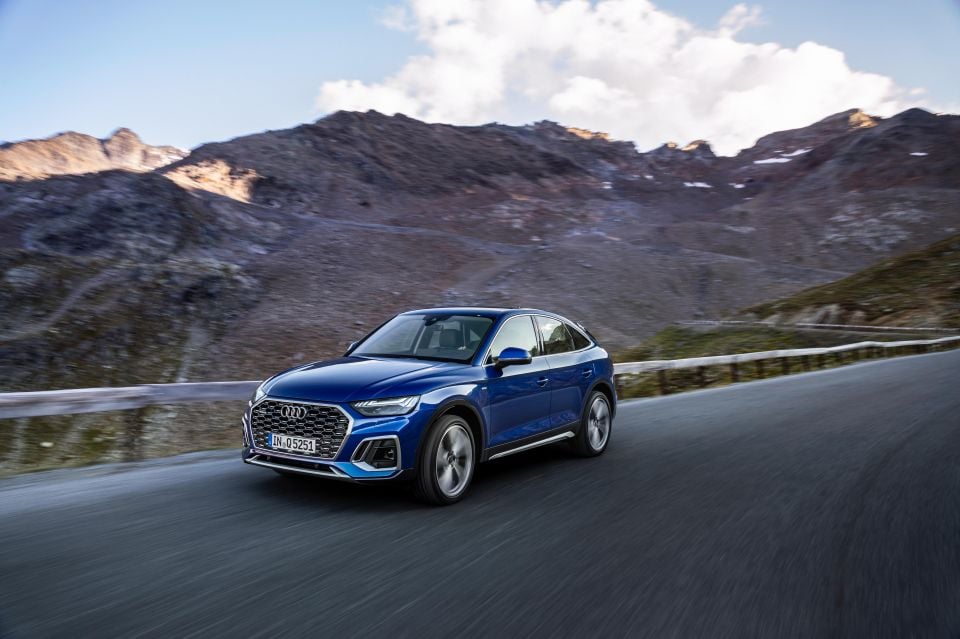
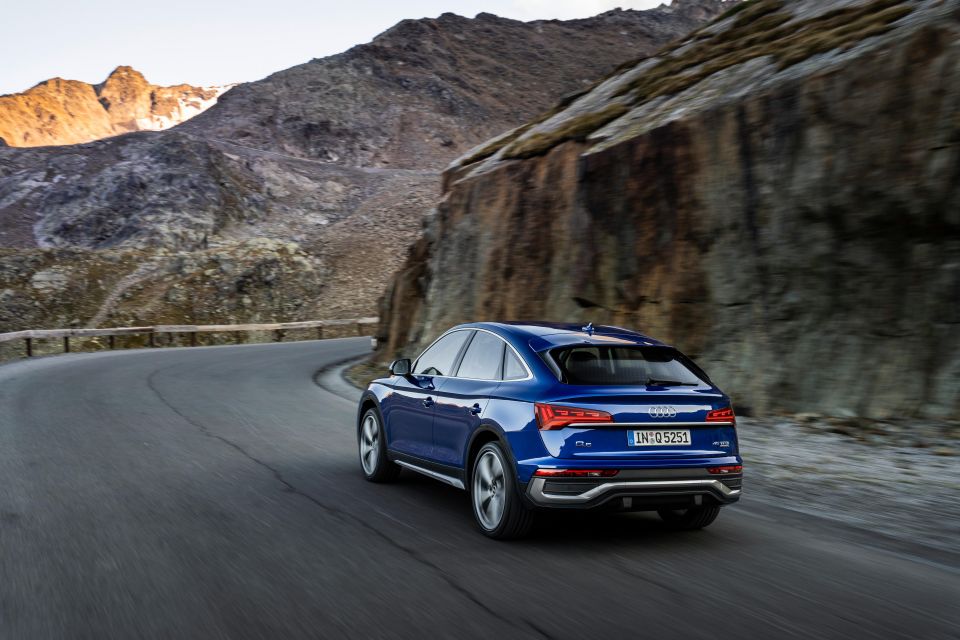
The 45 TFSI’s 2.0-litre turbocharged four-cylinder is unchanged and continues to produce 183kW of power and 370Nm of torque.
All four-cylinder models will continue to use a seven-speed dual-clutch automatic and Audi’s quattro ultra all-wheel drive system while six-cylinder models use an eight-speed torque-converter automatic and quattro all-wheel drive.
Where expert car reviews meet expert car buying – CarExpert gives you trusted advice, personalised service and real savings on your next new car.
William Stopford is an automotive journalist with a passion for mainstream cars, automotive history and overseas auto markets.


James Wong
2 Months Ago
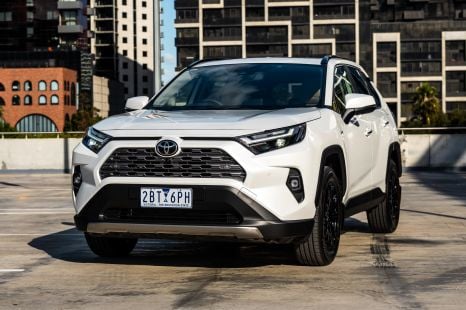

Josh Nevett
2 Months Ago
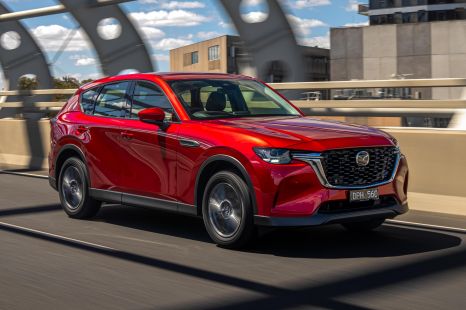

James Wong
2 Months Ago
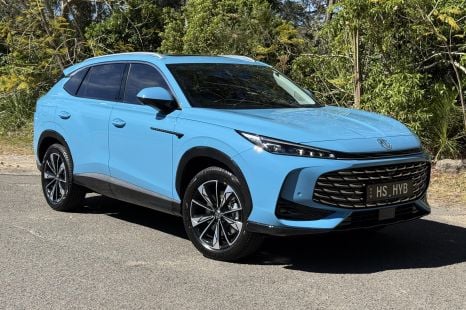

Matt Campbell
1 Month Ago
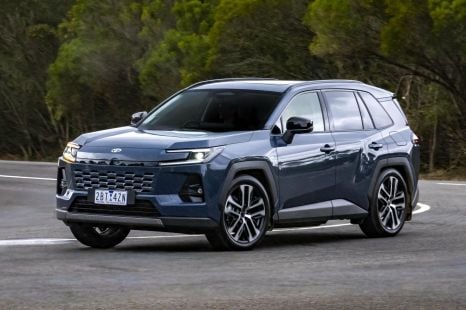

Paul Maric
23 Days Ago
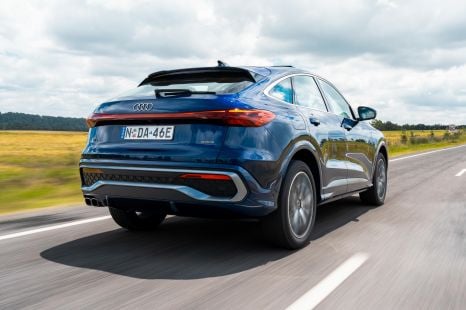

James Wong
9 Days Ago